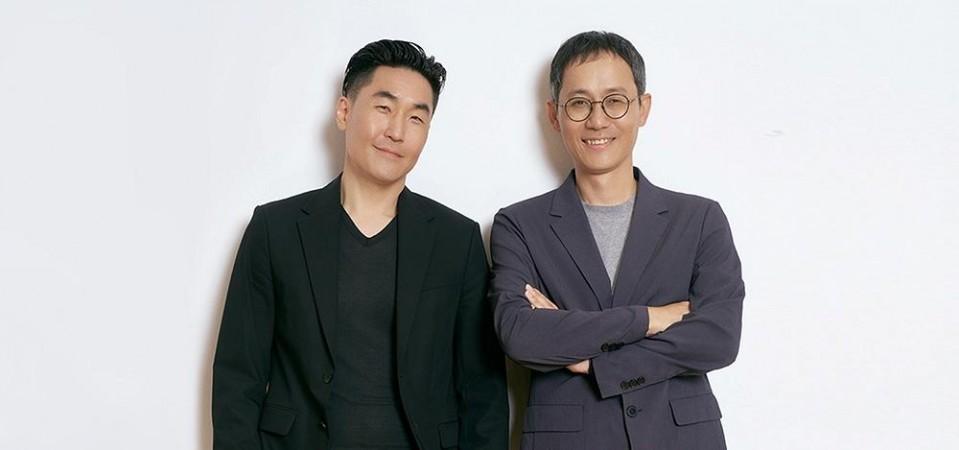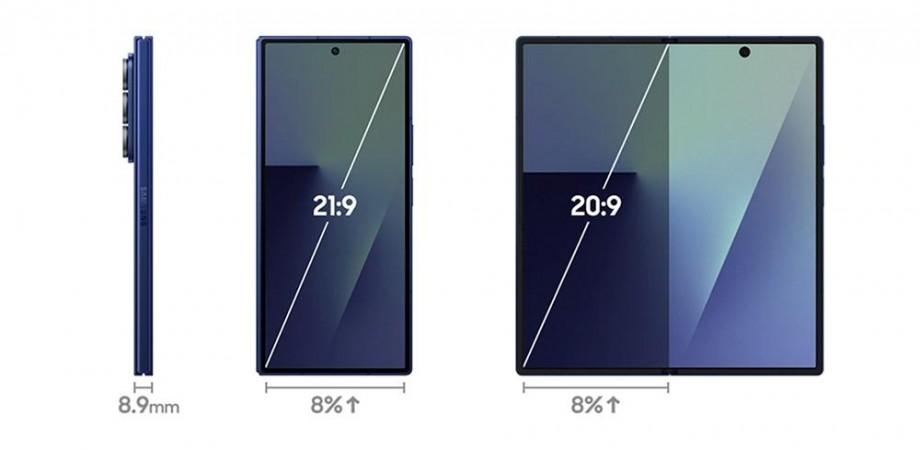
With the launch of the Galaxy Z Fold7, Samsung has truly raised the bar for foldable smartphones, delivering the thinnest and lightest Galaxy Fold yet. This is the biggest design overhaul in the last seven generations of the Fold-series, one that is critically-acclaimed by fans and critics alike. But behind this engineering marvel is a story, one that involves two engineers — Hubert Lee, Head of the MX Design Team, and Huichul Yang, Head of the UX Team at Samsung Electronics.
Ever since we've got our hands on the Galaxy Z Fold7, we've been in awe of the design and wondering the "hows-and-whats" of the design philosophy. Samsung's latest Fold7 looks a lot like the older Folds, yet stands out completely. Now that's something.
Redesigning from the ground up
Hubert Lee, Executive VP and head of design for Samsung's mobile experience (MX) division, calls the Fold 7 his proudest work yet.
"Most people said, 'Wow!' as soon as they saw it," Lee shared. "It's the thinnest, lightest Galaxy Fold ever, and we approached it not as a refinement, but a redesign from scratch."
Samsung's design team knew that portability would be the defining factor in mainstream adoption of foldables. To achieve this, the R&D division pushed hardware boundaries—trimming weight, reducing thickness, and maximising screen size—all without compromising on durability.
Every gram and millimetre shaved off was a result of rigorous research and testing. New hinge technologies, optimised internal layouts, and lighter materials helped the Fold7 reach its ultra-sleek form. Even the display bezels were reworked to create a seamless, immersive experience. End result: The Fold7 in its full glory.

The AI card
While Lee focused on physical design, Huichul Yang spearheaded the UX transformation. With the introduction of One UI 8, optimised for Galaxy AI, the software side of Fold7 now complements its hardware.
"We focused on meaningful productivity," Yang explained. "With the Fold7's large screen, users can compare original and AI-generated content side-by-side, or move between apps with zero friction."
Yang's team also adapted the interface to embrace AI tools more deeply. Gemini, Samsung's AI companion, is now accessible from the FlexWindow in the Z Flip7, while Fold7 offers fluid multitasking and intelligent suggestions tailored to user routines.
Inside Samsung's design culture
Key to this success is the internal culture within Samsung's design ecosystem. The "Design Clinic," an informal yet structured collaboration session across teams, enables designers, engineers, and managers to brainstorm and critique each other's work — sometimes over coffee and dessert.
"It's not about silos, it's about designing together," says Lee. "That mindset — 'Let's design together' — is what gives our products their harmony."
This collaborative environment also informs the Galaxy Design Principle — a framework built around "Simple, Impactful, and Emotive" design elements. Using Design Analytics, the team validates concepts internally through employee testing, ensuring design intent translates into user experience.
Both Lee and Yang emphasized that their mission goes beyond simply making gadgets.
"We're not just designing features — we're designing lifestyles," says Lee. "The question isn't just why it folds, but what value that folding provides."
With the Galaxy Z Fold7, Samsung has not only improved the specs — it has redefined the foldable experience. The device is the culmination of user-centric engineering, design philosophy, and forward-looking software—all folded neatly into the slimmest Galaxy yet.

















